Summer sightseeing: Where history was made
TRAVEL. Interested in local sightseeing this summer? Check out these places with ties to the Revolutionary War and early events in our country’s history.
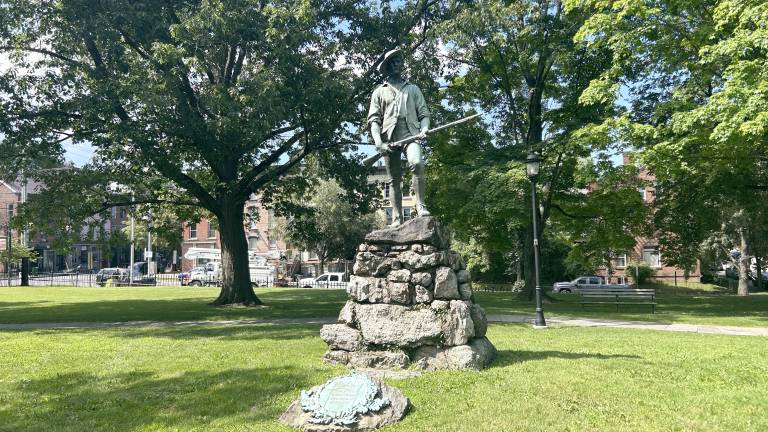
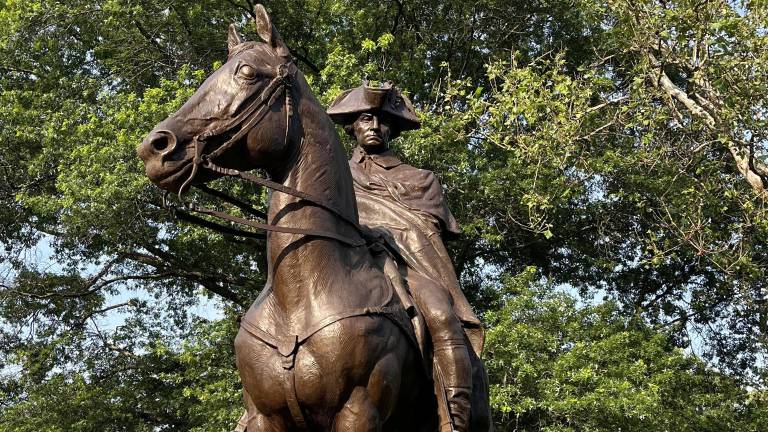
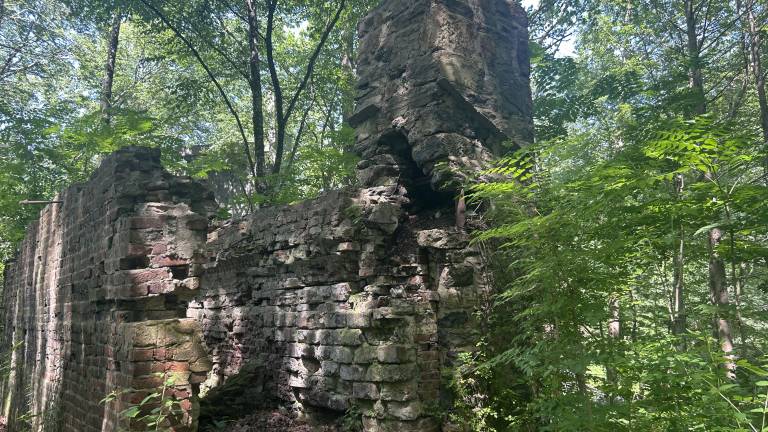
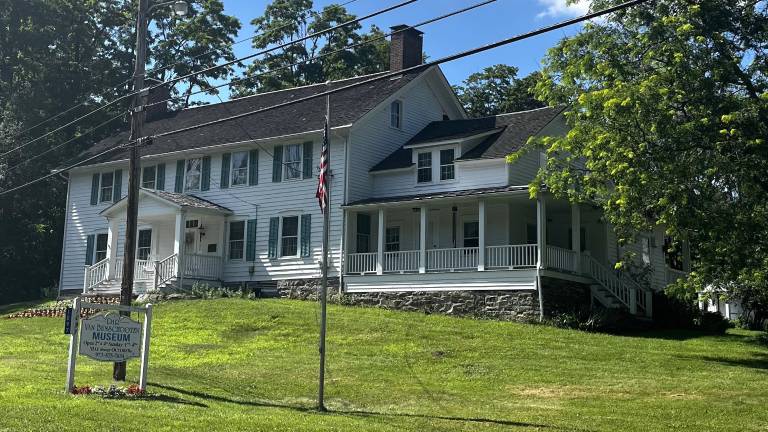
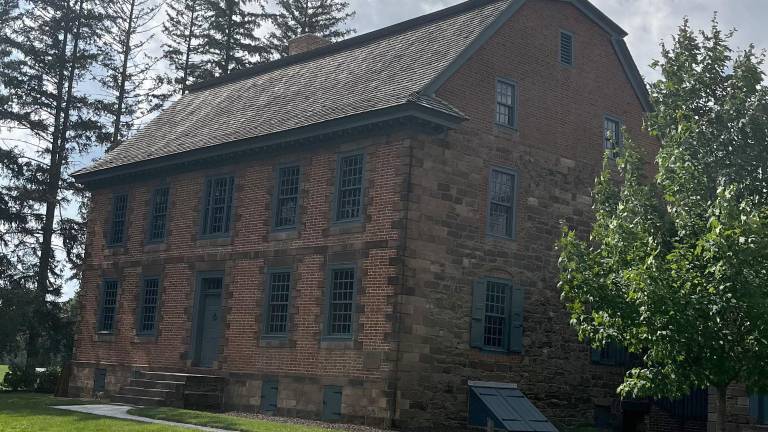
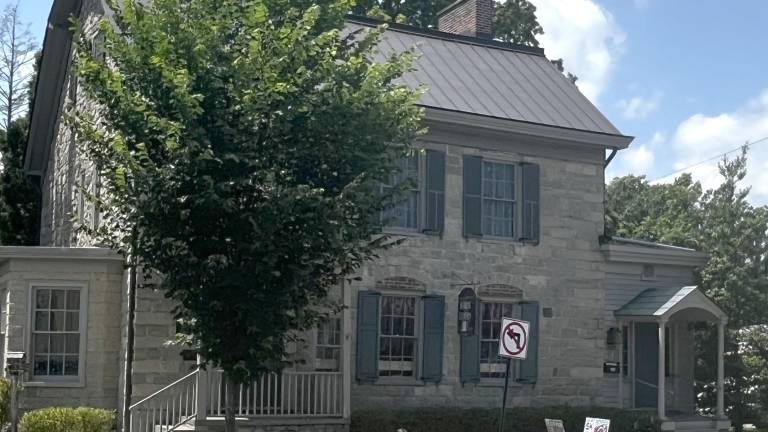
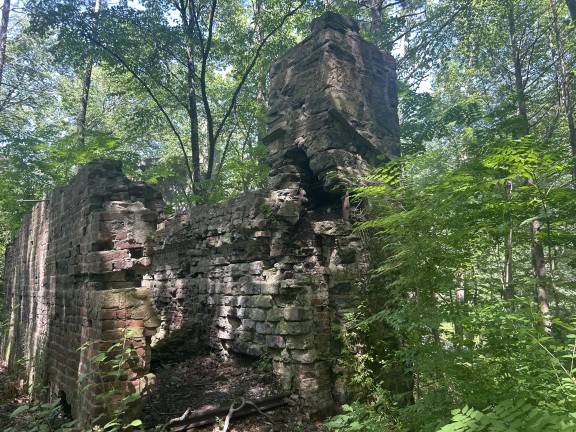
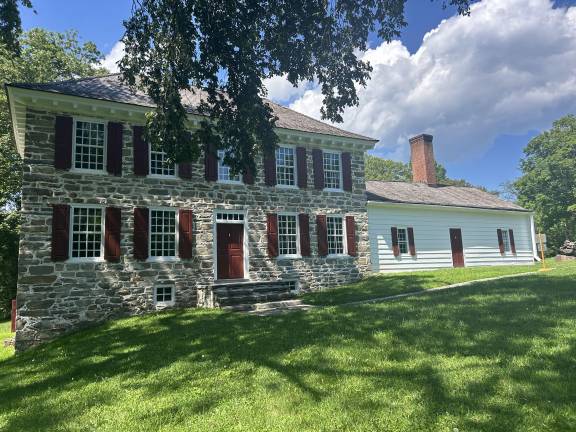
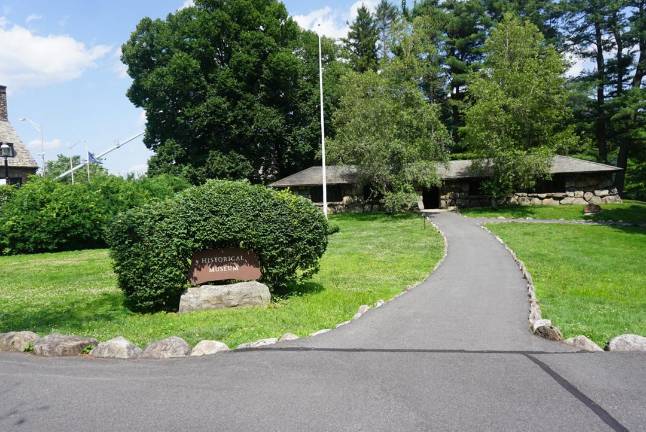
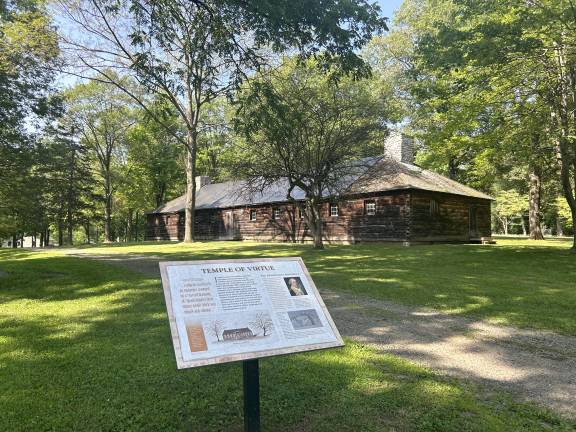
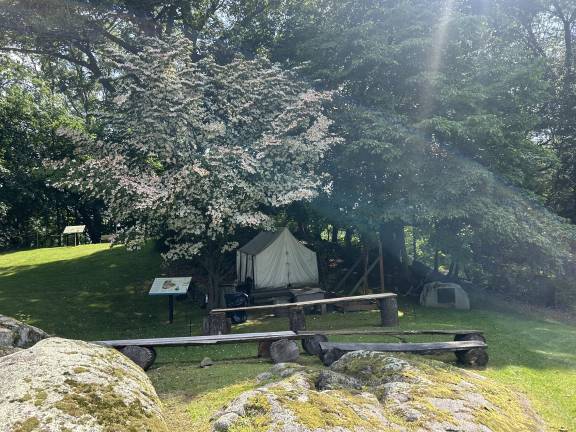
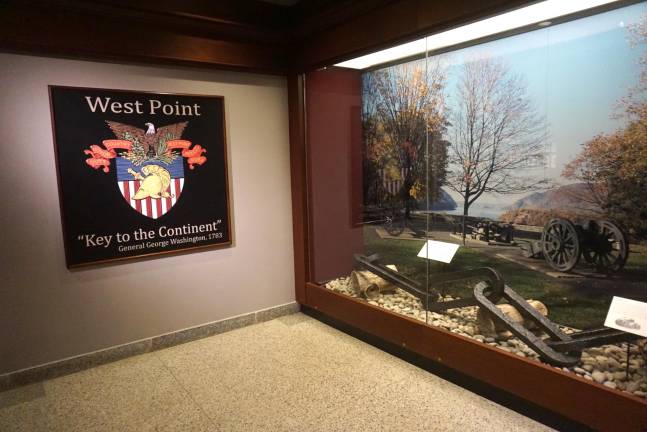
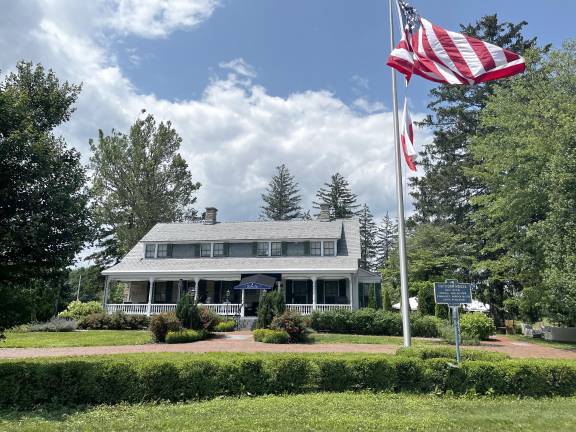
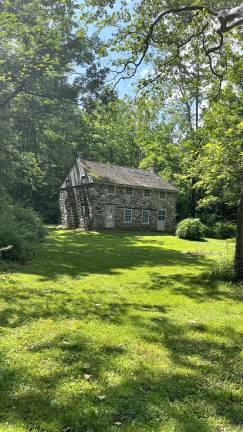
With the country’s 250th birthday less than a year away, here are Revolutionary War and other historical sites within driving distance.
Sites to visit in New Jersey:
Morristown National Historic Park and Jacob Ford Mansion: 30 Washington Place, Morristown
Established as a home for iron manufacturer Jacob Ford Jr. and his family, the Jacob Ford Mansion was built at the start of the 1770s, according to the National Park Service (NPS).
During the Revolutionary War, Ford served as a Morris County militia colonel. After his death in 1777, Ford’s widow, Theodosia, allowed Gen. George Washington to occupy the home as a headquarters.
It became one of the first U.S. house museums in 1933, when the Washington Association of New Jersey donated it to the NPS.
Guests may see the house on guided tours. It is designed to look like it did for Washington’s stay during the winter of 1779-80.
Tours of the mansion typically are offered at 11 a.m. and 1, 2 and 3 p.m. Thursday-Sunday. Tickets are free; they may not be reserved online or by phone before your visit.
Long Pond Ironworks: 1334 Greenwood Lake Turnpike, Hewitt
Long Pond Iron Works, in the Hewitt section of West Milford, was founded in 1765 by Peter Hasenclever, a German ironmaster who imported hundreds of European workers to work on iron-making plantations.
During the Civil War, iron produced at the site was used to make guns for the Union Army.
Iron making there ended after more than 120 years in 1882, though it did remained a prevalent industry in the area.
It was dedicated as a state park by the the Department of Environmental Protection, Division of Parks and Forestry in 1987. Today, visitors may go boating, fishing and hunting there.
The park is open daily, with self-guided tour brochures and trail maps available in the parking lot. Both the museum and visitor center are open from 9:30 a.m. to 4:30 p.m. Fridays, Saturdays and Sundays.
Suggested donations are $3 for adults and $1 for children to visit the museum.
For information, call 973-657-1688.
DAR Van Bunschooten Museum: 1097 Route 23, Wantage
In 1787, this Dutch Colonial House was home to the Rev. Elias Van Bunschooten, a Dutch Reformed minister. At age 37, he took charge of three consistories - Maghagamack, Minisink and Walpac - and also was a farmer, mill operator and land owner.
In 1971, the house was donated to the Chinkchewunska Chapter, Daughters of the American Revolution, which worked to restore the home.
The house has 10 rooms for visitors to explore, complete with period antiques, several of which were donated by the family. These include clothing, oil paintings and cookware.
The museum is open for tours from 1 to 4 p.m. on the second and fourth Sunday of the month from May to October.
Dey Mansion Museum Washington’s Headquarters: 199 Totowa Road, Wayne
Used as George Washington’s headquarters in the summer and fall of 1780, the Dey Mansion played a significant role in the Revolutionary War.
It hosts tours, lectures and other special programs spotlighting aspects of Colonial American life and some of the critical people and events involved in the American Revolution.
Tours cost $5 for adults and $3 for children ages 7-17. Children age 6 and younger are admitted for free.
Sites to visit in New York:
West Point Military Academy and Museum: 2110 New South Post Road. West Point.
To learn about the nation’s military history, a trip to West Point is a no-brainer. The West Point Museum is the oldest federal museum with origins starting at the American Revolution. It contains exhibits detailing West Point’s history and both large and small weapons.
The large-weapon section, located at the museum’s lowest level, contains two murals by a D-Day veteran, designed to show an atomic bomb - the same type that was dropped on Nagasaki - and the cannon that fired World War I’s first American shot.
The portion of the museum dedicated to small weapons, a balcony exhibit, follows the history of hand-held weapons from the Stone Age to modern weapons, such as automatic firearms.
Open from 9:30 a.m. to 6:15 p.m. Tuesday-Sunday. Free admission.
Fort Montgomery: 690 Route 9W, Fort Montgomery
The Fort Montgomery State Historic Site museum displays information and artifacts about the 1777 attack of the British, Loyalist and Hessian forces on Fort Montgomery and Fort Clinton.
During the attack, there was a large number of American casualties, according to the American Battlefield Trust, and the continental forces surrendered to the British, who took down both forts.
The museum also features large-scale models of the fort and the attack.
At the historic site, visitors have a view of the Hudson River from the Grand Battery, where they may find the reproduction cannon, sometimes fired by the fort’s staff. There are occasional living history demonstrations of artillery and musketry.
Open from 10 a.m. to 5 p.m. Wednesday-Saturday and 1 to 5 p.m. Sunday from mid-April through October. Additional parking lot on Route 9W north of the main entrance.
Access to the fort is free; donations are welcome.
For information about tours or evening events, call 845-446-2134.
Stony Point: 44 Battlefield Road, Stony Point
The site of Gen. Anthony Wayne’s midnight attack on the British in 1779. Sir Henry Clinton of the British forces had fortified Stony Point, and George Washington created a plan for Wayne’s attack. The continental infantry captured the fort, ending British control of the river.
The site includes a museum with battle-focused exhibits and the Stony Point Lighthouse. Occasional re-enactments spotlighting military life in the 18th century, cannon and musket firings, and cooking demonstrations.
The grounds are open from 9 a.m. to 5 p.m. Wednesday-Saturday and noon to 5 p.m. Sunday. The museum is open from 10 a.m. to 4:30 p.m. Wednesday-Saturday and noon to 4:30 p.m. Sunday.
Bear Mountain State Park: Palisades Parkway or Route 9W North, Bear Mountain
Bear Mountain State Park features a trailside museum and zoo on a small portion of the Appalachian Trail overseeing the Hudson River. On the trail, visitors may find native wildlife, such as black bears, bald eagles and others that were injured and became unable to live in the wild without external support.
There are four museums on the trail, with the largest one, the History Museum, showcasing artifacts and displays depicting the history of Native Americans, the colonists, the Revolutionary War, even Boy Scout founder, Dan Beard.
Pets are not allowed in the zoo, Seven Lakes Parkway, Appalachian Trail. The zoo is open daily except on Thanksgiving and Christmas. Hours are 10 a.m. to 4:30 p.m. April 1-Oct. 31 and 10 a.m. to 4 p.m. Nov. 1-March 1. Parking costs $10.
New Windsor Cantonment State Historic Site: 374 Temple Hill Road, New Windsor
George Washington and the Continental Army spent the final winter and spring of the Revolutionary War here. Visitors may find demonstrations of musket drills and blacksmith skills, among other 18th-century activities.
This site also holds the National Purple Heart Hall of Honor, inspired by Washington’s selection of a few soldiers to receive a small purple cloth Badge of Merit, honoring their service.
The cost is $5 a person for school and group tours.
Visitor center exhibits are open throughout the year from 10 a.m. to 5 p.m. Tuesday-Saturday and 1 to 5 p.m. Sunday.
Costumed living history exhibits from 10 a.m. to 5 p.m. Wednesday-Saturday and 1 to 5 p.m. Sunday from mid-April to Oct. 31. The grounds are open from dawn to dusk.
Washington Headquarters State Historic Site: 84 Liberty St., Newburgh
This building was home to Washington’s longest stay during the American Revolution. It was the first site to be publicly acquired and operated when New York opened it in 1850.
An award-winning exhibit titled “Unpacked & Rediscovered: Selections from Washington’s Headquarters’ Collection” has more than 1,300 objects. Visitors may take a tour through the Tower of Victory, though tower access may depend on weather and staffing.
The house is open from 11 a.m. to 5 p.m. Wednesday-Saturday and 1 to 5 p.m. Sunday from mid-April to late October. From November to mid-April, it is open from 11 a.m. to 3 p.m. Friday and Saturday. Adult tickets are $7, and student and senior tickets are $5. Children age 12 and younger are admitted for free.
Baird’s Tavern: 103 Main St., Warwick
The house has a working tavern on the first floor, restored interiors on the second floor and an attic. The Warwick Historical Society has maintained its historical authenticity for years.
Many historical figures visited the house, including George Washington and his wife, Martha.
Private tours are $10 a person, with a five-person minimum and a 10-person maximum. Book them online at warwickhistory.org/bairds-tavern
General John Hathorn Stone House: 21 Hathorn Road, Warwick
Constructed in 1773 by John Hathorn and his wife, Elizabeth Welling Hathorn, the Stone House was expanded in the 19th century. During the Revolutionary War, John Hathorn was colonel of the 4th Orange County Militia and a founding father of both the nation and New York state. He later served in the first New York Legislature and in the first and fourth U.S. Congress.
After passing through many hands during the next two centuries, the building became the Old Stone Inn and Restaurant in 2021.
Call 845-544-1094 to book a table from 5 to 9 p.m. Wednesday and Thursday, noon to 10 p.m. Friday and Saturday, and noon to 8 p.m. Sunday.
Knox’s Headquarters State Historic Site: 289 Forge Hill Road, Vails Gate
Gen. Henry Knox, commander of the American artillery, frequently used the house as a military headquarters, and Maj. Gen. Horatio Gates occupied the property while George Washington stayed at his headquarters in Newburgh from October 1782 until the spring 1783. From there, Gates commanded the New Windsor cantonment, where soldiers had made their winter quarters.
Tours of the house are offered at 10 and 11 a.m. and 1, 2, 3 and 4 p.m. from the Saturday of Memorial Day weekend to the Sunday of Labor Day weekend and from 1 to 4 p.m. Wednesday-Sunday during the rest of the year. Group or school tours are $5 a person.
Sterling Iron Works: 116 Old Forge Road, Tuxedo Park
Sterling Iron Works is responsible for forging the Hudson River Chain, barring the British Navy from moving up the Hudson and reaching West Point during the American Revolution. Some of the original chain links are displayed at the Military Academy of West Point; each weighed 140 pounds.
There are various hiking trails, with the Lakeville Ironworks Trail looping through what is left of the Lakeville iron workers community and the 1700s reconstructed furnace.
The park is open from dawn until dusk, and the Lautenberg Visitor Center is open from 8 a.m. to 4:30 p.m. every day.












